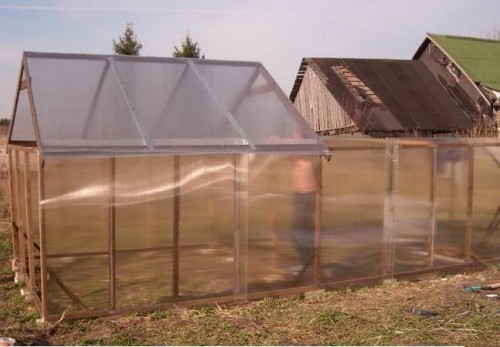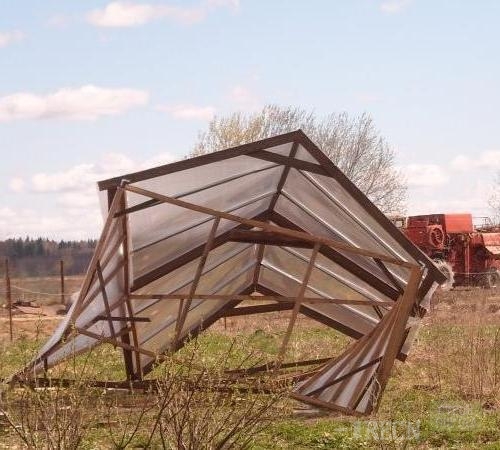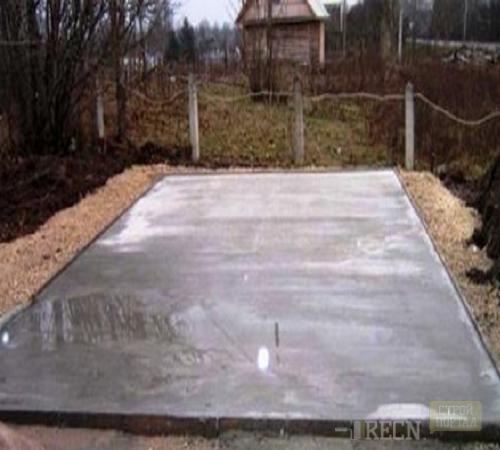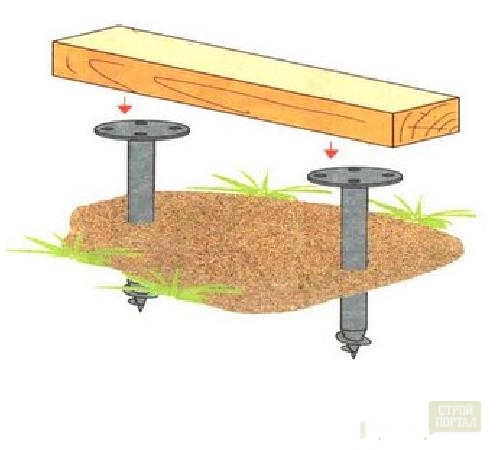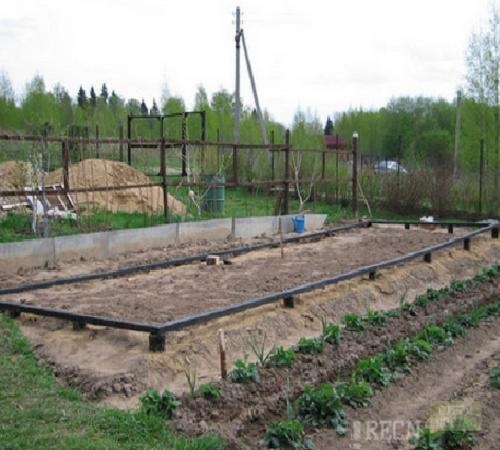
What to choose a foundation for greenhouse Useful advice,Plot.
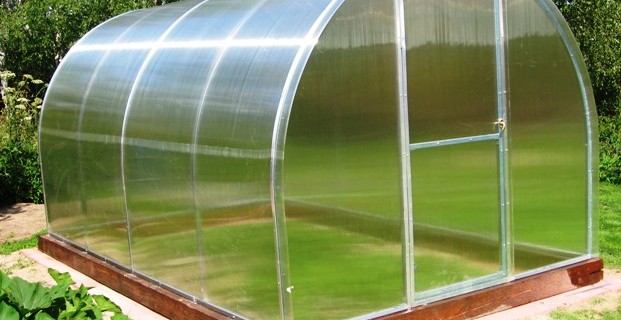
Digging in the garden brings pleasure to many dacms and gardeners. At the same time, the climatic conditions of Russia impose many restrictions on the cultivation of various plant species. To extend the time of cultivation and protect plants from spring temperature drops, frost and precipitation, you can use a greenhouse.
Content
Delicious salad made from a young greenery, a bouquet of flowers on the table, - plants grown on their own plot will give you joy and self-satisfaction.
How to choose greenhouse
The greenhouse on the site you can buy or build yourself. Since greenhouse manufacturers make their standard sizes, it is not always suitable for a dac. Based on the site on the site and sizes, you can independently develop your own greenhouse project.
When choosing a project, greenhouses need to pay attention to:
- location of the site;
- directions of the axis of the greenhouse;
- improvement of the ventilation system;
- selection of the lighting system;
- heated greenhouse;
- the choice of materials for the supporting structure.
Learn on other people's mistakes
Do you need a foundation for greenhouse? For many, this is a rhetorical question. The following photos will kill you that he is still needed. The owner of this greenhouse from polycarbonate decided to put his design on the foundation after a while.
But in the morning of the next day I saw a sad picture:
So, the foundation under the greenhouse is necessary.
Foundation arrangement under greenhouse
Greenhouses are used both seasonally and year-round. Depending on how you use your greenhouse, you need to choose the foundation for it.
Also, depending on the material from which your greenhouse will be built, you must select the type of foundation that will be used. When building greenhouses, several main types of foundations are used:
- slab foundation;
- foundation column;
- ribbon foundation.
Slab foundation
Plate foundations under greenhouses are installed in places with a high rise in the level of groundwater and their output to the surface. In this case, the stove completely isolates the soil inside the greenhouse from the effects of external factors, ensures the reliability of the entire structure. The slab foundation is also not afraid of the powered forces, it seems to "float" on the surface of the soil.
- When erecting a slab foundation, it is necessary to remove the fertile layer of the soil.
- The size of the boiler under the slab foundation should be 15-20 cm larger than the size of the greenhouse.
- The bottom of the pit need to align and fall asleep with sand.
- Sand needs to be good.
- The height of the sand pillow is 15-20 cm.
- In the sand lays waterproofing to protect the concrete slab from groundwater.
- The perimeter is raised formwork height 20-25 cm.
- For reinforcing concrete slabs, a welded grid or fittings is used.
The new direction is the use of fiberglass composite reinforcement. This type of fittings is not afraid of moisture and is not subject to corrosion.
For fastening the frame of the future greenhouse, the stiletto or anchor must be installed in the slab. Fully concrete gains strength in 28 days. During the "setting" of concrete, it must be hidden in order to avoid unnecessary losses of water from concrete.
Foundation columnal
This type of foundation can be used on bubbly soils with a large depth of frozen soil. As a pillars for the foundation suitable:
- concrete poles;
- metal piles;
- wooden piles.
Also, the Stakes under the foundation can be cast on their own on the installation site of the greenhouse. The main thing is to remember that the depth of the installation of the pillar must be lower than the level of the primer of the soil.
Stakes for the foundation are installed at the corners of the design and with an interval of 1.5-2 meters. For a greenhouse with a size of 3x6 m, 10-12 columns need 10-12. The top ends of the columns must be set for one level. Poles are installed in the ground. If the pillars are raised above the ground level, then the space between the soil and the basement bar must be filled with sand or other building material. Simplicity, cheapness and reliability of this type of foundation made it popular among dachensons. The design of such a foundation is easily dismantled and the greenhouse can safely be installed in a new place.
Installing such a foundation does not provide for the use of greenhouse in winter. Soil under the greenhouse will freeze that it will affect plants badly, so they are inhabited.
Ribbon foundation
Ribbon foundation is used in the construction of small and lightweight constructions. The construction uses two types of this foundation:
- bloomred - the depth of the foundation below 20-30 cm of the depth of the soil freezing;
- the finely blurred foundation is the depth below the surface of the Earth to 40 cm.
The finely blurred foundation can be arranged in places with non-empty soils (sandy and rock soils). For a fine-breeding tape base device, you need to dig a trench around the perimeter of the future constructing a depth of 25-30 cm 20 cm wide. Material for booking the foundation can serve concrete, slag blocks, clinker brick or other material convenient for you. On the top of the tape you can also put a wooden bar to which the frame of the future greenhouse will be attached.
The Bulk Belt Foundation allows you to use the greenhouse and in the winter time - it is below the depth of the soil freezing, and the equipment of the greenhouse heating elements will allow you to have a flowering garden in winter.
If the greenhouse is small sizes and lightweight materials are used - film, cellular polycarbonate, wood, - all the tape of the foundation can be made from a wooden bar 12 * 12 cm.
The use of small-breeding foundation completely isolates the soil inside the greenhouse from the external influence of atmospheric phenomena and weeds.




